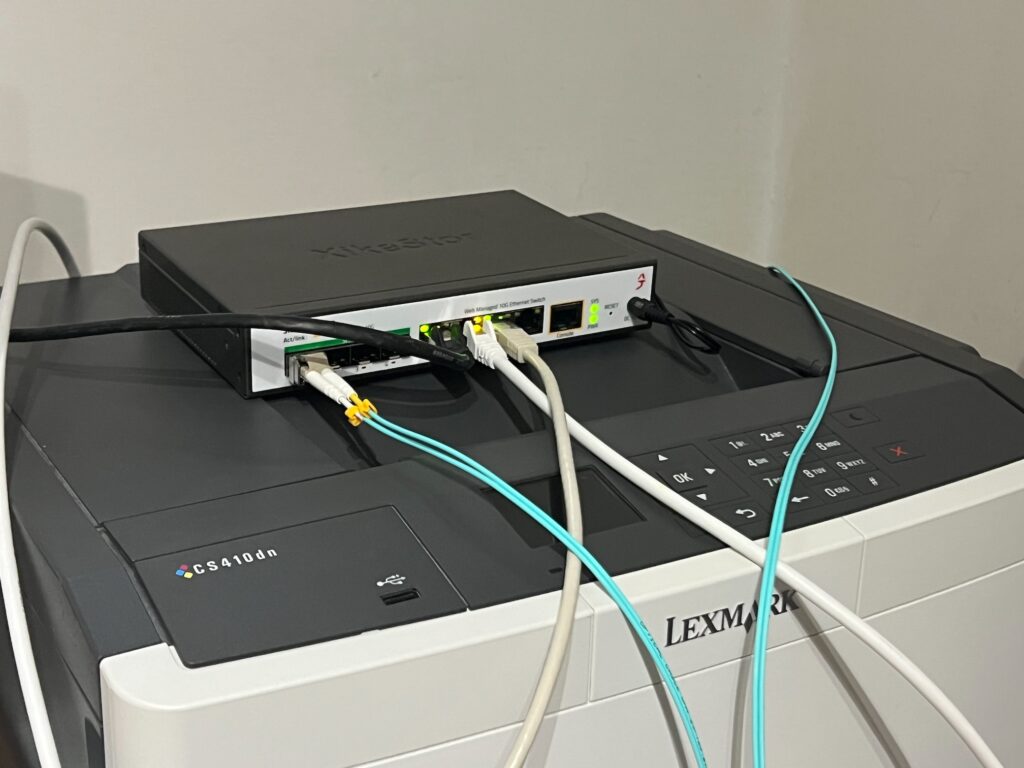Why I Avoid SMR Drives – and What the New Western Digital Warnings Reveal
Over the years, I’ve learned that high performance doesn’t just happen – neither in life nor in databases. When I transformed myself from an 85 kg couch potato into a 65 kg triathlete, I realized the same principle applies everywhere: performance is the result of conscious choices, discipline, and understanding what really goes on under …
Why I Avoid SMR Drives – and What the New Western Digital Warnings Reveal + read more




